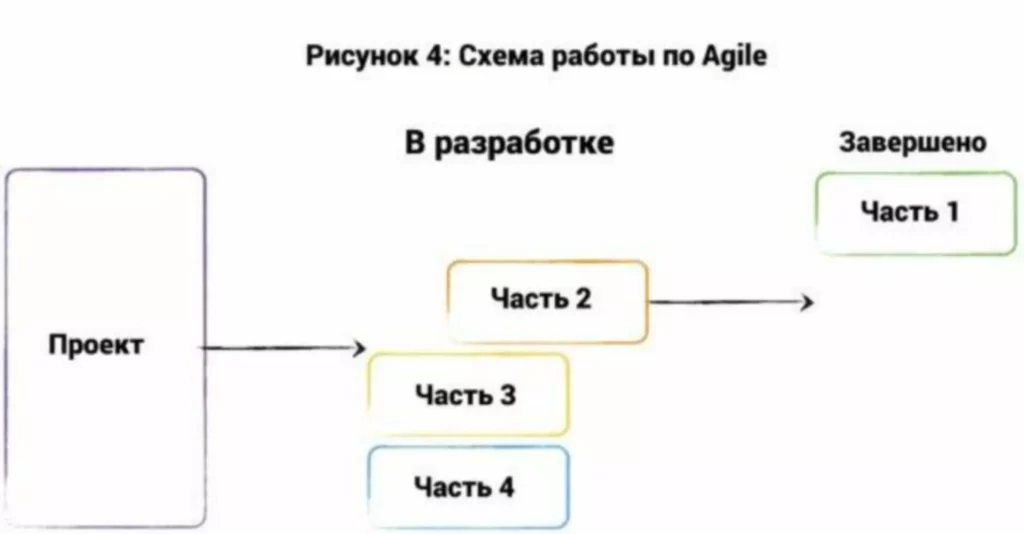The IDs of intermediate layers show as as a end result of the image was built using BuildKit. As defined above, BuildKit doesn’t retailer intermediate picture data, however older Docker versions would have stored these layer IDs intact. This isolated surroundings allows a number of purposes to use completely different versions of some software program side by aspect. So, one software could use Node version 14.
As A Substitute, all containers on a host share the working system of the host. Now, extra precisely, all these containers share the kernel of the host. The kernel is the core of an operating system. It’s the part that manages all applications in addition to hardware sources like reminiscence and CPU each working system has its own kernel or engine. Okay, so which means on a Linux machine, we are ready to only run Linux containers because these containers need Linux On a Windows Machine. Nevertheless, we can run each Home Windows and Linux containers as a end result of Windows 10 is now shipped with a custom-built Linux kernel.
Using The Docker Shell
We’re making a white out file that exists in layer three, in order that within the merged file system, within the running container, we don’t see file four anymore. Now, the incredibly necessary part to grasp right here is that file four still exists in layer 1. Layer 1 is immutable as of the time that it was truly written to the file system. So simply since you can’t see it within the merged model doesn’t imply that it’s not still there. We’ll come back to that within the security considerations around that in only a minute. Now we are in a position to do one thing very fascinating.

Diving Deep Into Docker: A Complete Guide For Superior Developers
This is the brand new version of my newest picture. I can simply extract this new version. Mainly, it’s exactly the same factor.
Turn Into A Better Linux Person

I don’t care about certain three points. And if I can just close this, and if we take a look at the layers, they’re slightly different. The very first thing is it’s a totally different media sort.
Or I imply, with the setting, the buildups or no matter we show just like the I imply, we stated the working listing. This is all we run the image exactly. And we also have some config history half.
And, principally, we’re just storing the annotation here. I imply, the annotation that’s simply the compose version used. And we’ve some layers as all the others picture.

So should you don’t wish to just remember the exact digest of the picture you wish to run all time, we would like this extra layer of metadata on prime of that. So we’ll start just very briefly with the OCI structure. So OCI means Open Container Initiative. It’s now the specification of the pictures.
- I mean, there’s simply more layers.
- I just do a head request on my manifest newest.
- Principally, it’s exactly the same factor.
- Indicators will tell you all you should know.
- It’ll spill the key of any command redirections.
The first one is to assist create non-container pictures. The second one is to create some very particular fields to create this relation, let’s say, between the attestation and the right picture inside. So, once we now have these fields, we will create the right API. So we will have some API, just say, okay, I actually have this reference. And what I need to know is the relations between the completely different elements of my image. So on the first, I mean, on the first look of the image, we’ve this OCI layout.
Earlier Than, there were also the Docker photographs, however all people is using OCI now. It’s the most effective specification we’ve. And we simply say, okay, that is the version one, one zero.
I simply do a head request on my manifest newest. So I imply, manifest newest https://deveducation.com/ means the tag latest. And the answer might be, okay, this is an image index. And that is the digest of your content.
That’s a 66% change just by altering this one command! All proper why do we need docker, so let’s discuss some objectives when constructing our pictures. The first is we wish to cut back the dimensions of the image wherever possible.
Leave a Reply